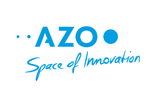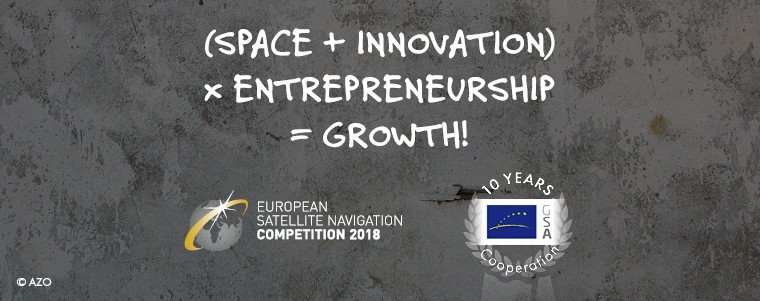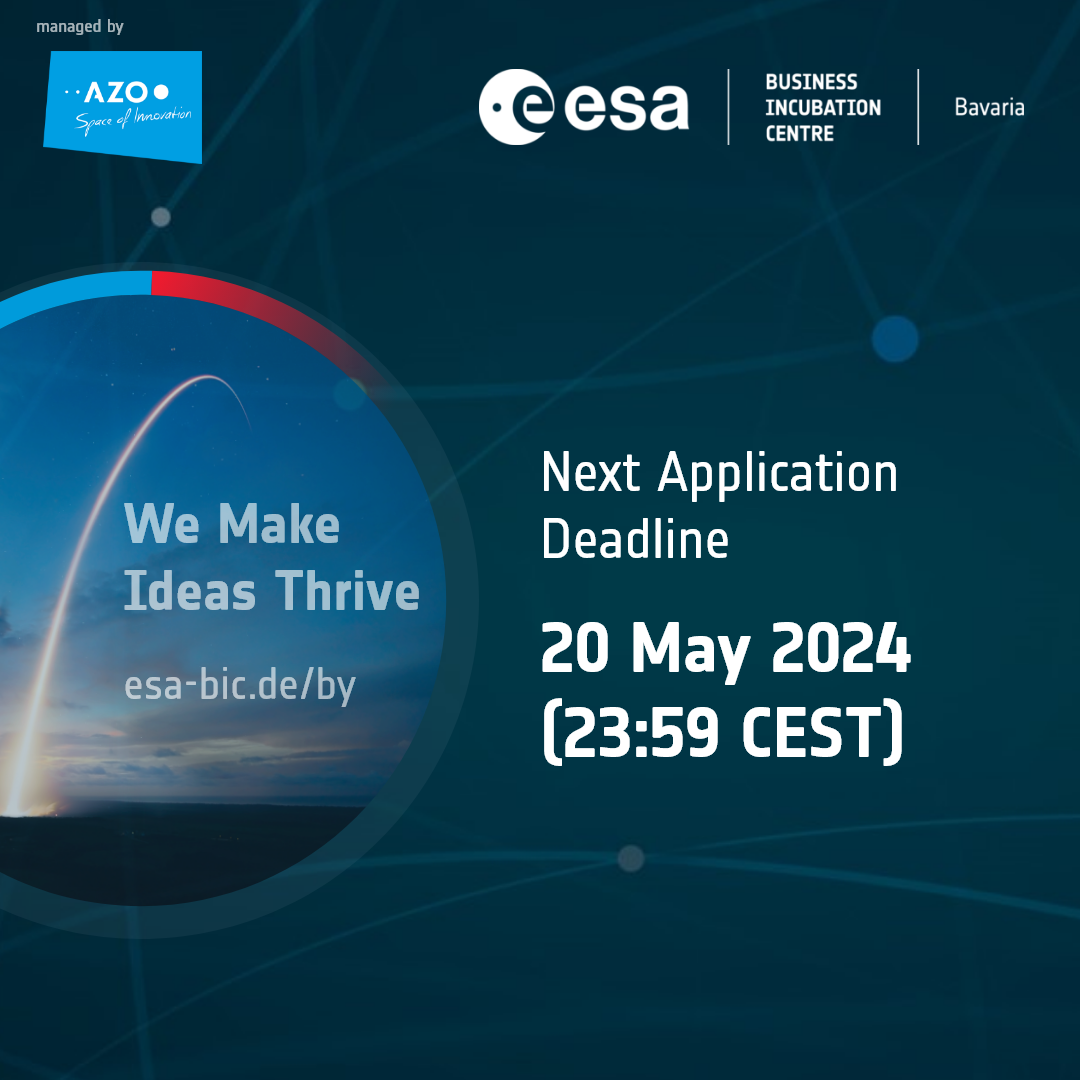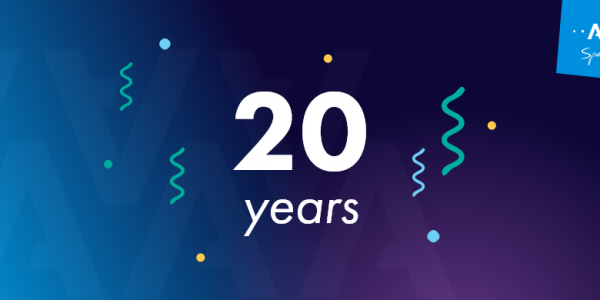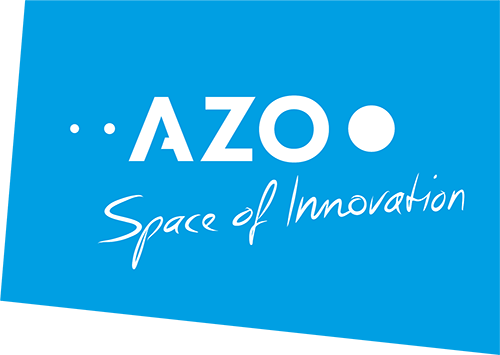Global Navigation Satellite Systems, or GNSS, have become a ubiquitous technology, one used by an ever-growing number of applications and services. From the mobile phone in your hand to the drone in the air, from the connected car of tomorrow to the connected devices that make up the Internet of Things – GNSS is an essential infrastructure that powers our increasingly connected world.
Behind these applications is Galileo, Europe’s independent GNSS. With the Declaration of Galileo Initial Services in December 2016, Galileo officially went live. Since then, users around the world have been guided using the positioning, navigation and timing information provided by Galileo’s satellite constellation.
With Galileo joining GPS and other global and regional GNSS systems, the multi-constellation concept has become a reality. With 50% of receivers on the market today being multi-GNSS, and 20% including all available constellations, we are truly living in the Golden Age of satellite navigation. What this means for users is that by using a single device with a multi-constellation enabled chipset, they can receive signals from any number of satellites – including Galileo – resulting in more accurate and reliable positioning.
Galileo everywhere
In fact, there’s a good chance that your new mobile phone is already benefitting from Galileo. To calculate your position, the chip inside your phone uses data provided by Galileo on top of GPS and other GNSS constellations. With the inclusion of Galileo, however, you benefit from more accurate and reliable positioning – particularly in urban environments where narrow streets and tall buildings can block satellite signals and limit the usefulness of many mobile services.
Galileo’s accurate positioning capabilities are also helping to save lives. Its Search and Rescue service has reduced the time it takes to detect a person lost at sea or in the mountains, for example, from three hours to just 10 minutes after a distress beacon has been activated. Furthermore, the localisation of the distress beacon has improved from 10 km to less than 5 km.
Galileo is also opening up new opportunities for the use of drones. To operate safely, drones must have access to precise positioning and navigation information. Also thanks to the introduction of Galileo, drones are now increasingly used for applications and services spanning from search and rescue to providing photovoltaic maintenance. With the installed base of GNSS devices in drones expected to reach 70 million by 2025 – more than twice the sum of other professional market segments combined – drones represent a promising market sector for European businesses.
Disrupting tomorrow
Galileo is also contributing to a more prosperous and successful Europe. For example, the additional accuracy and availability provided by Galileo is enabling a new generation of ‘disruptive’ applications and services that benefit from increased positioning reliability, thus further driving economic growth in Europe and beyond.
For over a decade, the European Satellite Navigation Competition (ESNC) has been a showcase of the innovative potential of European GNSS. Since its start in 2004, the ESNC has been fast-tracking the most ground-breaking ideas for Galileo-related applications across Europe and beyond and transforming them into market-ready products and new ventures. Each year, the ESNC helps promote over 400 business ideas and, to-date, has awarded prizes to more than 300 winners – which represent just a fraction of the more than 4,100 innovative concepts submitted by over 11,500 participants.
Take, for example, JOHAN Sports – the winner of the 2013 GSA Special Prize. Today the company is in the business of developing motion sensors for location determination and performance measurement of team athletes – especially football and hockey players. The wearable motion sensors are integrated with heart rate and recovery forms and an online platform based on data science, sports science and customer needs. The GNSS tracker, which is Galileo capable, can determine positioning up to 1.5 metres of a player’s location. By combining this data with measurements from internal sensors, accuracy becomes even higher.
The company owes much of its success to the financing and visibility provided by the GSA prize, which first recognized the huge potential of such a business idea. This helped the start-up to bring its activity to the next level and attract additional funding and resources.
Likewise, CENTRIP, the winner of last year’s GSA Special Prize, combines GNSS (including Galileo) with ZigBee technology to help keep kids safe. The system, which is meant to help teachers and parents keep track of large groups of children, starts by establishing a geo-fence around a specified area. Each child wears a lightweight, durable bracelet that contains a GNSS tracking device. Each teacher, on the other hand, is provided with an intuitive and easy-to-use device that helps track the location of each child. If a student strays away from the group and outside the specified area, the teacher can see the child’s location on the screen of their CENTRIP device. Using the tracking information, they can then quickly find the student before they wander out of sight.
With the support they received from the GSA Special Prize, the CENTRIP team is now busy developing their idea at an incubation centre.
In 2016, the winning prize went to a project that uses drones equipped with a highly accurate GNSS receiver and camera/laser measuring system to overcome obstacles to GNSS positioning accuracy caused by buildings, vegetation and other interference. And in 2015, a project that was developing cheap, flexible Galileo and EGNOS-enabled modules that allow ubiquitous positioning data for applications in the Internet of Things took home the GSA Special Prize. That project is currently in the final stages of preparing for marketisation.
Leading the connected future
Clearly, GNSS is the backbone of a digitally connected world – one that we are only now starting to appreciate and that will be the foundation of future generations. With information on positioning, velocity and timing driving growth in a wide array of context-aware applications, Galileo will be an important enabler for the Internet of Things and the self-driving cars of tomorrow.
But to be a leader in this connected future, Europe must remain competitive. To maintain its position at the vanguard of space-based services, we need to build on our strengths. The benefits being reaped today from Galileo are just the beginning. It is essential that Europe continues its investment in Galileo to ensure that citizens and businesses can fully benefit from its nascent and unlimited potential. For this reason, the GSA is proud to be a long-time partner of the ESNC, as the applications coming out of the competition continue to prove capable of taking space technology and turning it into real solutions that answer real user needs.
Author: Marta Krywanis-Brzostowska – Market Innovation Officer at the European GNSS Agency (GSA)
At the GSA, Marta coordinates the Horizon 2020 programme dedicated to the development of innovative EGNOS and Galileo enabled applications, focusing on the commercial impact and a clear market uptake perspective. She also acts as European Satellite Navigation Competition’s expert and has taken part in ideas evaluation for the past 5 years.
Marta manages a portfolio of more than 100 R&D projects that are based on European GNSS (EGNSS). She is also the Technical Project Officer for the R&D initiatives related to the usage of drones for EGNSS based applications.
